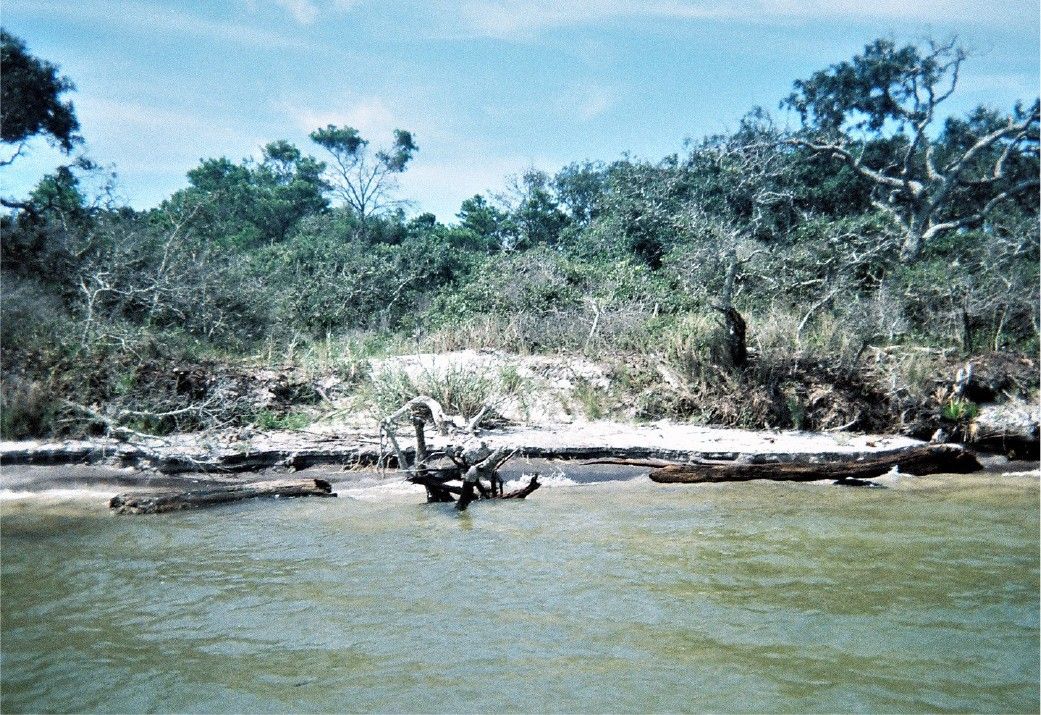🚀 NASA-ISRO Mission Will Map Farmland From Planting to Harvest: A Space-Agriculture Breakthrough 🌍🛰️
🚀 Quick Summary
- NASA and ISRO are collaborating on a satellite mission to monitor global farmlands.
- This mission will track crop growth from planting to harvest, using advanced imaging technology.
- The data will help farmers, scientists, and policymakers optimize food security and sustainability.
- The mission represents a major step in using space technology to support global agriculture.
🌍 How NASA & ISRO Are Revolutionizing Farming
Agriculture is the backbone of our civilization, and space technology is set to transform it. The NASA-ISRO Synthetic Aperture Radar (NISAR) mission will provide detailed, real-time data on global farmland, helping farmers, scientists, and governments make informed agricultural decisions.
🔹 Why Does It Matter?
✔ Predicts crop yields before harvest.
✔ Detects droughts, floods, and soil moisture changes early.
✔ Optimizes irrigation and fertilizer use for sustainable farming.
✔ Helps policymakers prevent food shortages and price hikes.
With climate change threatening food production, this mission ensures more efficient and resilient agriculture worldwide.
🛰️ What is NISAR, and How Does It Work?
The NASA-ISRO Synthetic Aperture Radar (NISAR) satellite is designed to monitor Earth's land and ice surfaces. It will use dual-frequency radar (L-band & S-band) to:
✅ Map farmland changes every 6 to 12 days.
✅ Track deforestation, soil conditions, and water levels.
✅ Measure crop health and predict potential failures.
✅ Provide early warnings for natural disasters like droughts and floods.
This will help countries make better agricultural policies and increase global food security.
🌱 How Will This Help Farmers & Policymakers?
The NASA-ISRO Farmland Monitoring Mission will impact three major groups:
🚜 Farmers – Helps plan planting, irrigation, and harvesting efficiently.
🏛 Governments & Policymakers – Supports smart food policies to prevent shortages.
📊 Scientists & Environmentalists – Tracks climate impact on farming.
For example, in India and the U.S., where farming contributes heavily to the economy, accurate farm data can prevent crop losses and food shortages.
🌎 The Bigger Picture: Climate Change & Food Security
With climate change causing unpredictable weather, farmers struggle with droughts, floods, and soil degradation. This mission will help:
✔ Monitor changing weather patterns that affect crops.
✔ Provide real-time drought alerts so farmers can adapt.
✔ Help plan water management strategies to conserve resources.
By combining agriculture with space technology, we can protect global food supplies and support sustainable farming.
🔍 History of NASA & ISRO Collaborations
NASA and ISRO have a long history of working together on space missions. Notable past projects include:
🚀 Chandrayaan-1 (2008): India’s first lunar probe, with NASA’s Moon Mineralogy Mapper.
🛰 Megha-Tropiques (2011): Joint satellite mission studying tropical climate.
🌍 NISAR (2024+): First dual-frequency radar satellite to study Earth’s land and climate.
This mission is another major step in strengthening U.S.-India space collaboration.
🔍 FAQs: NASA-ISRO Farmland Mapping Mission
1. What is the main goal of this NASA-ISRO mission?
The mission aims to track farmland from planting to harvest, offering real-time insights into crop health, soil moisture, and climate effects.
2. How will farmers benefit?
Farmers will receive accurate data on crop growth and weather patterns, helping them plan planting, irrigation, and harvesting more efficiently.
3. Can this mission help prevent food shortages?
Yes! Early detection of droughts, floods, and soil issues will help farmers adjust farming practices in time, preventing food crises.
4. When will this project launch?
The NISAR satellite is set to launch in early 2024, with full operation expected shortly after deployment.
5. How does space technology improve farming?
By tracking soil, crops, and climate, space agencies provide critical insights that help make farming more sustainable and efficient.
📢 Join the Conversation!
🌍 Do you think satellites can help solve global food shortages? Share your thoughts in the comments!
📲 Follow NASA & ISRO’s updates and share this post on Twitter, Facebook, or LinkedIn using #SpaceTech #SmartFarming #NASAISRO.
🔗 Related Posts:
- NASA’s Role in Sustainable Agriculture (Coming Soon!)













0 comments:
Post a Comment